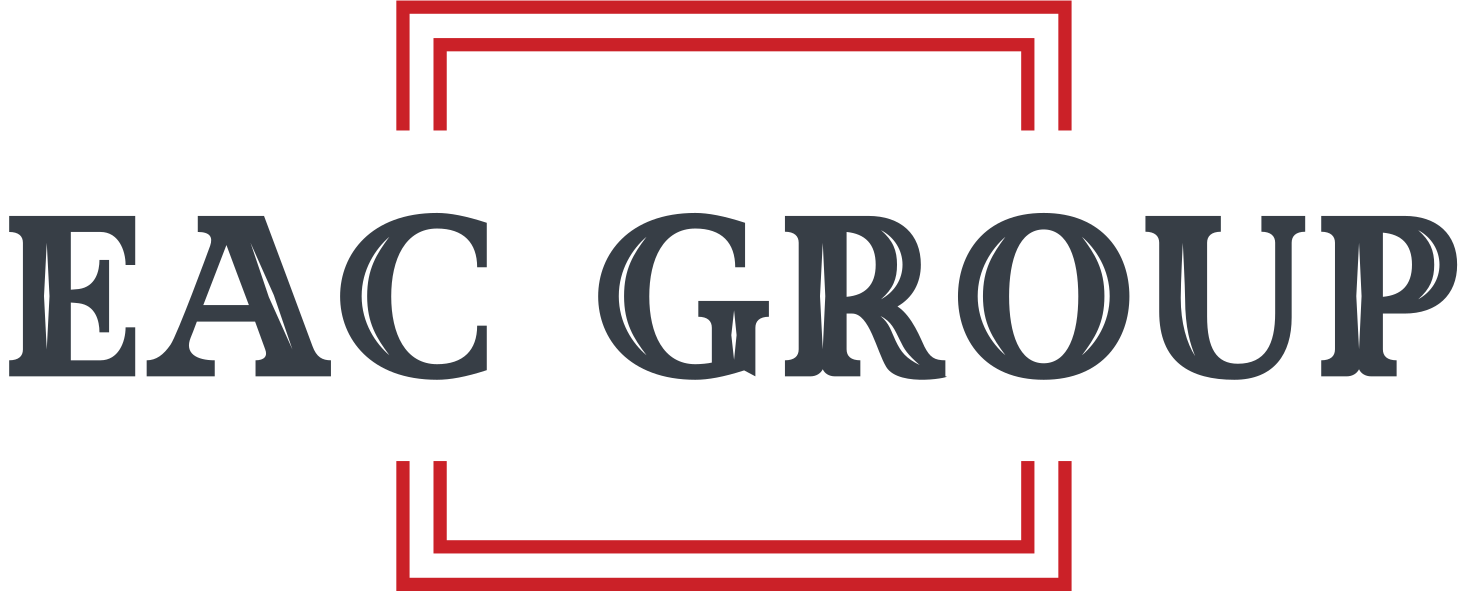Clothing and shoes
Applicants (persons in whose name permits are issued) are legal entities individuals and individual entrepreneurs who are clothing manufacturers (their representatives) or sellers (suppliers).
Do you need a certificate or declaration of conformity? Don't know where to start?
Clothing and shoes
Applicants (persons in whose name permits are issued) are legal entities individuals and individual entrepreneurs who are clothing manufacturers (their representatives) or sellers (suppliers).
Do you need a certificate or declaration of conformity? Don't know where to start?
Features of TR CU 017/2011
The technical regulations divide all clothing made of textile materials into three layers, depending on its purpose and the area of contact with the user's body.
Clothes of the first layer are considered to be things that are in direct contact with human skin:
- Lingerie
- Swimwear
- Swimming trunks
- Corset products
- Summer hats
- Stockings and socks
- Scarves and scarves
Clothes of the second layer are considered to be things that have limited contact with the skin:
- Shirts and blouses
- Trousers and skirts
- Dresses
- Suits (only without lining)
- Jumpers and vests
- Hats (hats, berets and others, except summer)
- Winter tights
- Gloves and mittens
Clothes of the third layer are considered to be things that are put on top of things of the second layer:
- Jackets
- Coat
- Raincoats
- Lined Suits
The layer to which the product belongs and the material from which it is made (textiles, leather or fur) depend on:
Requirements that the product must meet
The permit document that the applicant must issue
Confirmation of compliance: declaration
The following are subject to declaration:
- Clothing made of leather and fur
- Hats
- Shawls, scarves and other similar products
- Clothing and products of the 2nd and 3rd layers
- Stockings, tights, socks and other similar products of the 2nd layer
- Shoes (except felted)
These products are declared according to 3d, 4d and 6d schemes. All three schemes involve testing samples and require them to be carried out in an accredited testing laboratory.
Important: Our group of companies includes a testing laboratory, in the field of accreditation
which has tests of clothes and shoes. We are ready to test samples of your products and issue a test report(s) if you declare it.
Confirmation of conformity: certification
It is necessary to certify:
- Underwear
- Corset products
- Bathing products
- Hosiery of the 1st layer
The applicant must submit to the certification body a number of documents established by the technical regulations.
The set of documents for certification includes:
- Test reports of materials and components (if any)
- Operational documents (if any)
- Technical and design documentation, information about raw materials, materials and components (if available)
- A copy of the QMS certificate (if it is provided for by the certification scheme)
- Copies of documents that confirm the origin of the goods; contract (supply agreement) and shipping documentation (if the batch will be certified)
- Other documents that can be used to confirm the safety of products (the applicant provides them at his discretion)
For mass-produced clothing, a certificate is issued for up to 5 years according to TR CU 017, and for 3-5 years according to TR CU 007 (depending on the certification scheme). In the case of a batch of clothes, its validity period is not set for TR CU 017, and for 1-3 years according to TR CU 007.
Certified mass-produced clothing is subject to inspection control. The
certification body conducts it once a year. Control includes testing of samples in the laboratory and (or) analysis of the state of production.
What else you need to know about confirming the conformity of clothing
TR CU 017/2011 applies to light industry products in general. This means that fabrics and materials intended for the production of clothing and footwear must also meet its requirements.
TR CU 017/2011 applies only to adult clothing.
Another technical regulation applies to clothing for children and adolescents - TR CU 007/2011.
TR CU 017/2011 also does not apply to special and departmental clothing, as well as personal protective equipment. This refers to suits that protect a person from chemical and biological factors; from general contamination, mechanical and thermal influences, from splashes of molten metal, etc. All this is included in the scope of regulation of TR CU 019/2011.
Our specialists carry out a full range of work on the certification of clothing and footwear. Here you can issue mandatory certificates, register declarations of conformity of products.
We work efficiently, saving you time and money. Each client is serviced by a personal manager who will determine the necessary certificates and calculate their cost completely free of charge. Our specialists will answer all the questions that arise, tell you what kind of document you need to issue in your case, and will qualitatively certify the required products.
